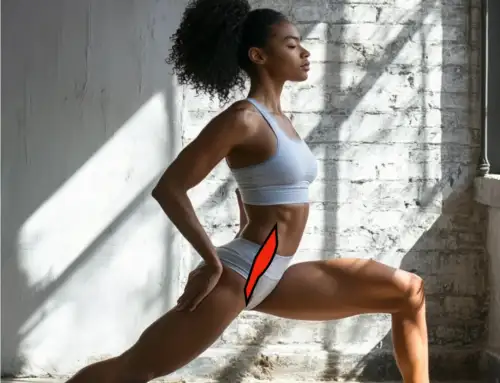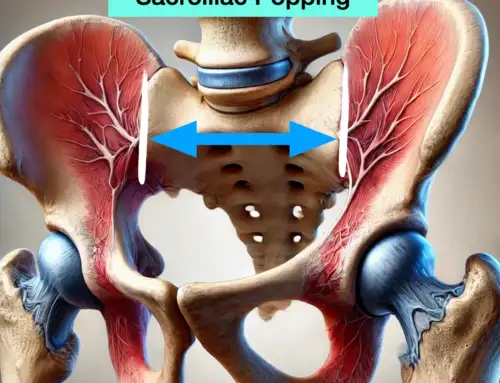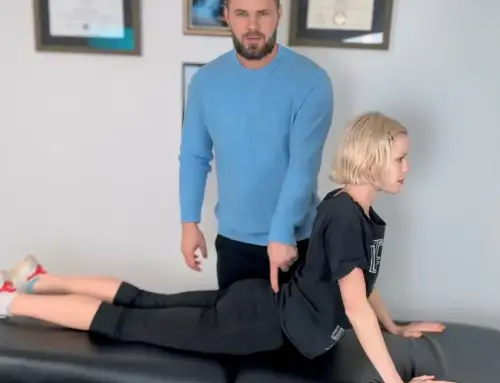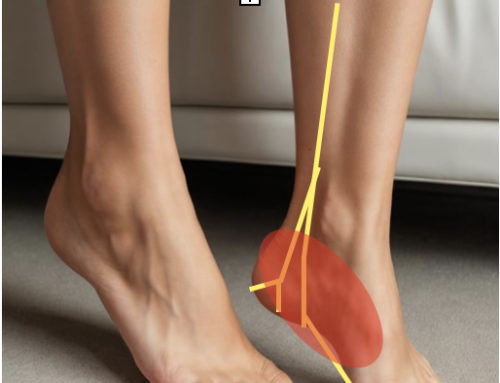How to Stretch Your Soleus Muscle

This muscle is part of the triceps surae that are responsible for plantar flexion of the foot (calf raises). The muscle lies deep in the gastrocnemius and is an important postural muscle that prevents the body from falling forward.
This muscle needs to be both flexibility and strenght for both the health and performance of the knee, ankle and foot.
This 2024 up-to-date article will cover the best stretches to increase the flexibility of the soleus muscle.
Most of the exercises and stretching techniques on the internet are basic and fail to load all aspects of this important calf muscle.
Benefits of Stretching the Soleus
Injury Prevention– When the soleus muscle is weak or inflexible, injuries like plantar fasciitis and Achilles tendon issues can occur. The foot and ankle rely on the soleus for adapting, lengthening, and controlling lower body movements. Limited mobility in this muscle restricts ankle flexion, leading to increased strain on knee, ankle, and foot joints, ligaments, and tendons.
How to Properly Perform Soleus Stretching Exercises
Most muscle flexibility training programs for the soleus are poorly executed and are, in most cases, actually a gastrocnemius muscle stretch. The soleus is a large muscle that requires flexibility exercises to adequately lengthen if muscle relaxation is to be achieved.
The knee must remain bent during the following technique to target the soleus rather than the gastrocnemius.
Best Stretching Routine for the Solues
- The patient is in a “serving knight position” with the hands on top of the front knee.
- The ankle needs to be in dorsiflexion and eversion position (up and out)
- Push the front knee forward or until tension occurs
- Hold the stretch for at least 30 seconds and repeat up to 5-8 times daily.
Perform on both legs.
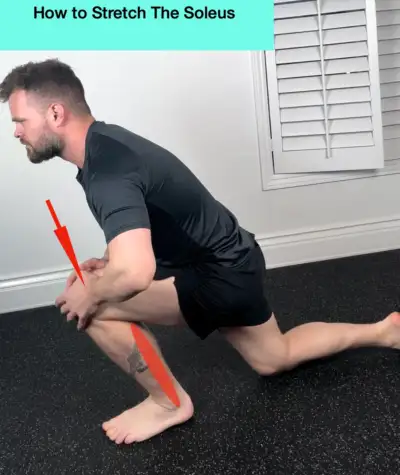
A ball can be placed under the foot to increase mobilization and elongate the muscle further. No pain should be felt.
This position is more specific than the standard stand next to a wall calf muscle stretch that is typically seen.
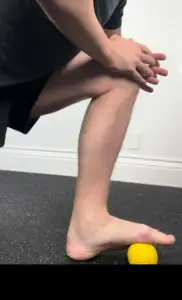
Common mistakes to avoid
- Bouncing
- Aggressive overstretching, only elongate until stretch is felt.
- Not maintaining the eversion position of the ankle.
- Straight leg
Incorporating Soleus Stretches into your Workout Routine
Remember to be consistent with these exercises and stretches to see improvements in your soleus muscle, which could take about 4-6 weeks. This dedication will not only enhance the health of your calf muscles but also improve your overall lower-body strength and functionality.
Precautions and Tips When Stretching your Muscles
- Warm-Up First: Jumping into stretching cold muscles can do more harm than good. Begin with a light warm-up to increase circulation to the tissues that you will be stretching.
- Mind Your Limits: Proper stretching should create a slight pull, not pain. If you experience any discomfort, adjust your intensity as it indicates you may be overextending.
- Stay Consistent: A sporadic stretching routine won’t yield improvements. Consistency is key.
- Consider Your Footwear: Choose the right shoes for standing stretches to maximize your stretch. Opt for flat, supportive footwear or go barefoot if it’s safe.
Consult your healthcare provider prior to starting a new program if injury is present.
Dr. Justin Dean can be reached by texting (best), calling 323-354-6077, or emailing at drjustindean@gmail.com.
Our editorial practices include evidence-based practices, interventions, and recommendations.
References


